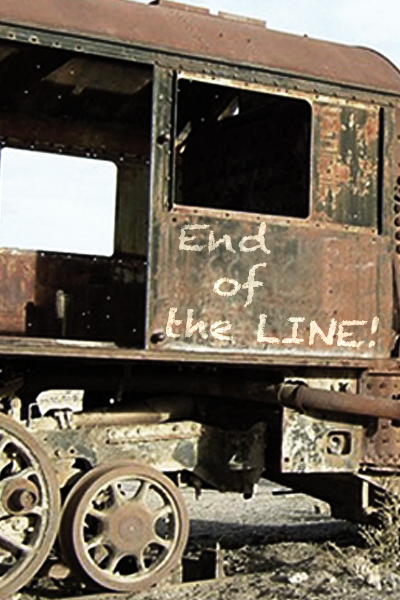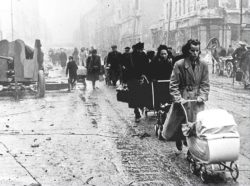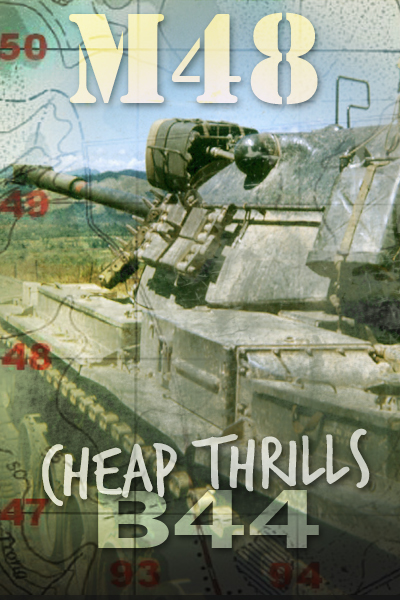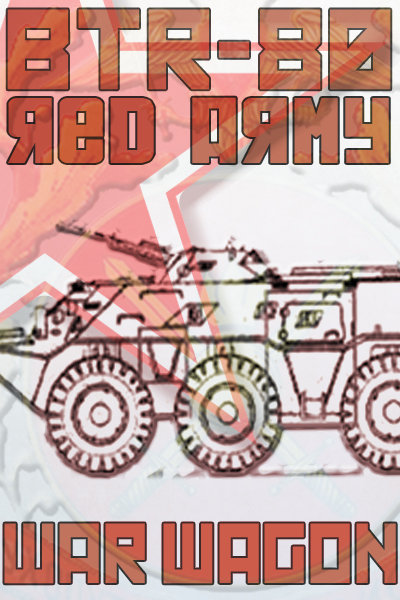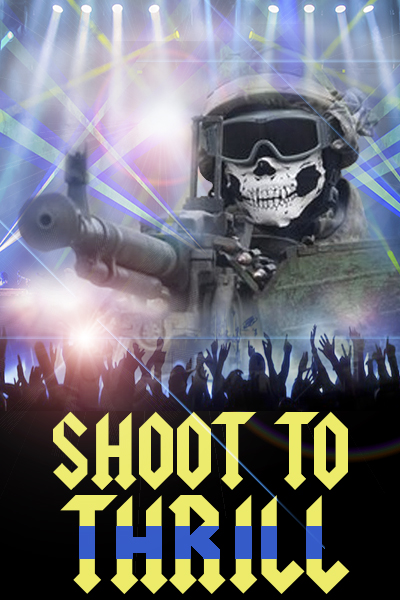 The images that have come to us during these past years from the Ukrainian Crisis have certainly have been compelling; often showing the despair, tragedy, and destruction that comes with war. But for modelers, it has also provided us with a wealth of real-time, modern reference materials; captured and re-purposed vehicles with colorful identification bands, make-shift vehicles, improvised armor and gaudy camouflage schemes. These “traditional” references are all well-n-good, but when you can combine armor with rock-n-roll – then you have it cranked to 11!
The images that have come to us during these past years from the Ukrainian Crisis have certainly have been compelling; often showing the despair, tragedy, and destruction that comes with war. But for modelers, it has also provided us with a wealth of real-time, modern reference materials; captured and re-purposed vehicles with colorful identification bands, make-shift vehicles, improvised armor and gaudy camouflage schemes. These “traditional” references are all well-n-good, but when you can combine armor with rock-n-roll – then you have it cranked to 11!
The reference for this project came from 2 images, found online, showing a Ukraine force BRDM-2 situated on a lonely road – apparently providing check-point services. A worn, scuffed and distressed vehicle that had obviously seen its share of use – including the requisite white I.D. stripes. What makes this vehicle takes it to an 11 is the addition of a large AC/DC logo emblazed on either side the vehicle. Oh yea, Rock-n-Roll, Baby!




